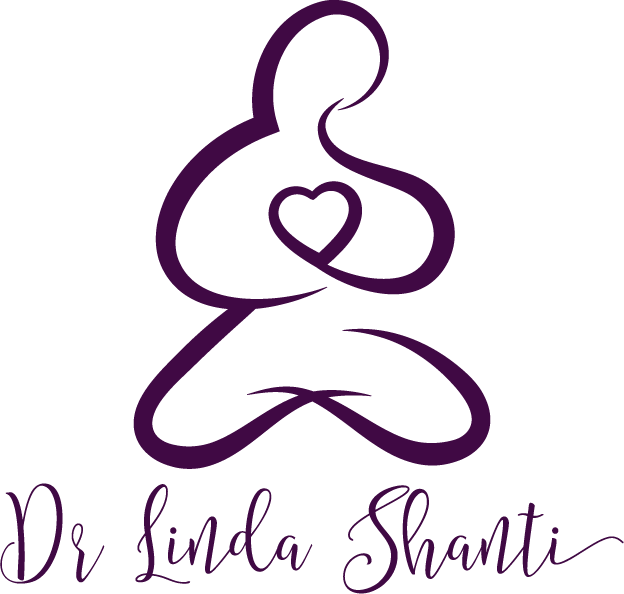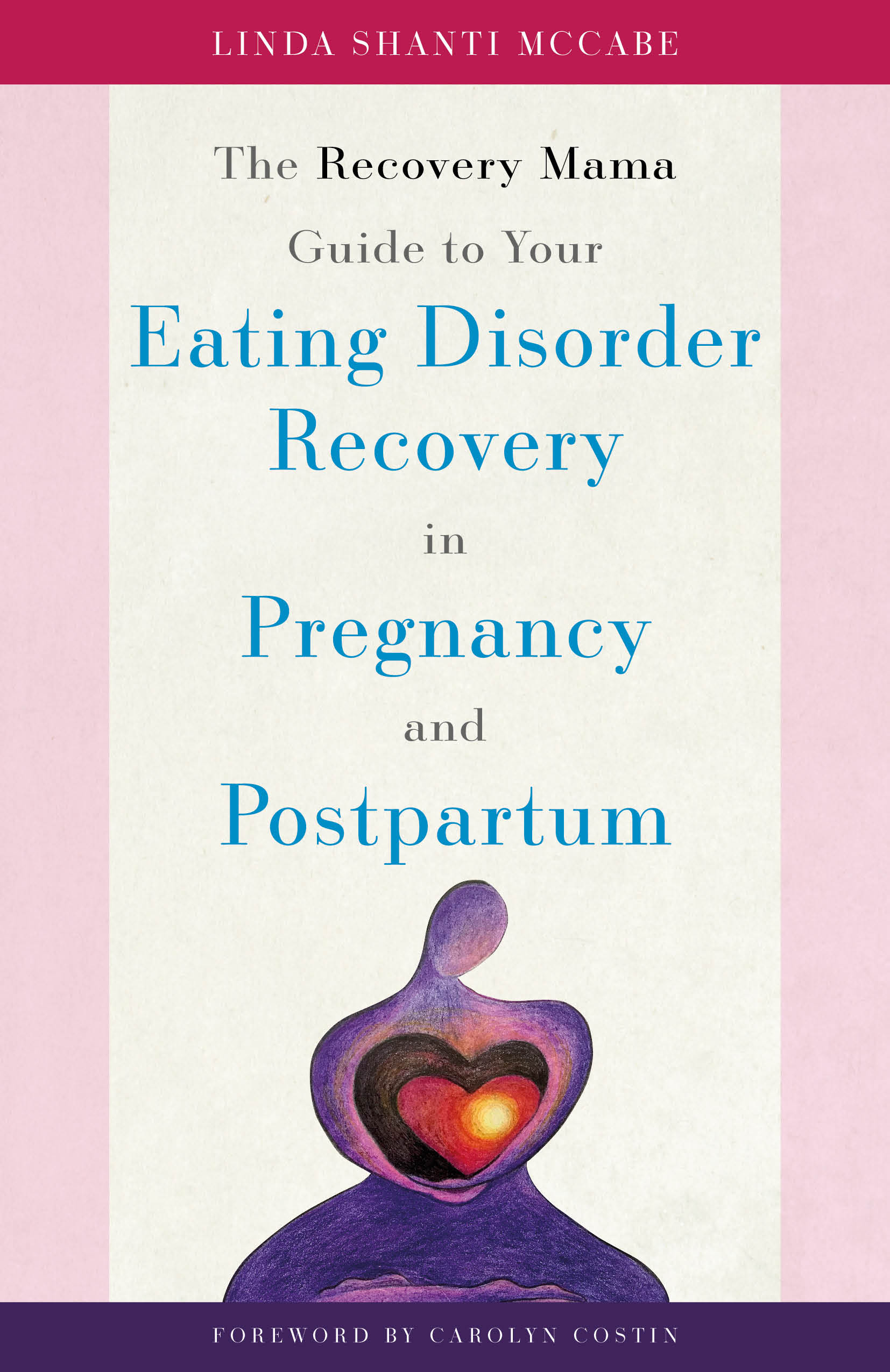After Your Person Dies:
Affirmations for grief, making meaning, and going on
‘After Your Person Dies’ brings art to the center stage in this poignant illustrated book on grief. For decades Linda has painted about her life experiences as well as being an inspirational therapeutic guide to others. This book is a response to loss… and an honest reflection about the pain and struggle that we all face when death comes to our person. Embracing the journey through the power of creativity, ‘After Your Person Dies’ allows us to find hope and resilience in the midst of the grief process.
- Adriana Marchione, Expressive Arts Therapist, Somatic Movement Educator with a focus on grief, trauma and addiction
To order the book from INDEPENDENT bookseller, click HERE
This is a book for anyone that has lost their person. *
(Or for people supporting those who have lost their person. It might be a much better gift than a sympathy card or another casserole.)
After your person dies you may experience numbness, anger, overwhelming sadness, or regret. You may have the experience of not being in your body or as if the world is continuing and you are an observer, watching it go on without you. You may feel like you “should” be an inspirational sunflower or look strong in your grief. You may feel angry at stupid things people say to you. You might try to put on a bright face, so that others aren’t uncomfortable. We don’t live in a grief literate culture.
You may say “I don’t know who I am now, without my person. My person was with me for so long! My person was with me forever. I don’t know how to be a person, separate from my person.” If that is the case, now is the time for you to discover, and uncover, who You are. This is the opportunity now staring you in the face, every day.
When monarch caterpillars are getting ready to turn into cocoons, they find a place to attach themselves and become still. Then they split their old skin open and wriggle into a cocoon. They literally build a new home for themselves from the inside out. Do that with your grief. Make a safe space for it, so you can transform.
From there, you will be able to ask yourself, what do I want to do and who do I want to become, with the time I have? Please ask this question with fierce kindness, without regret, and with a vast amount of compassion.
In this book, Dr Linda Shanti McCabe shares with you the paintings she made after her loved ones died, as an invitation for you to see how you can create new meaning while traveling with loss. Tackling such difficult topics such as anger, grief waves, the nonlinear experience of grief, and the things your person leaves behind, Dr. Linda provides a compassionate hand to hold while traveling the journey of grief. She invites you to develop new capacities, find meaning, and live your life as if it were a series of questions. She encourages you to become a phoenix. She shows you what it could look like to carry grief with grace.
To order the book, click HERE
*15% of all proceeds from this book go to Dreams From Drake (supporting children’s grief), Soaring Spirits International (widow support), and Pancreatic Cancer Action Network.
The Recovery Mama Guide to Eating Disorder Recovery During Pregnancy and Postpartum
(Jessica Kingsley Publishers, 2019)
To order the book, click HERE
Did you know:
79% of the women who have body fears related to motherhood name weight (getting bigger during pregnancy and not being able to lose the weight after delivery) as their number one fear. (Mysko and Magali, 2009).
Women with eating disorders are more likely to have a comorbid affective disorder (up to 40%). This, with the added stress of childbirth, makes them more vulnerable to postnatal depression. (Lowes H, Kopeika J, Micali N, Ash A., 2012).
During pregnancy, approximately one quarter (23.4%) of women reported high weight and shape concern; binge eating was endorsed by 8.8%, and 2.3% of women engaged in regular compensatory behaviors (Easter, Bye, Taborelli, et al, 2013).
Eating disorder recovery and new motherhood are both rites of passage that require time, compassionate and curious attention, and lots of trial and error to shift into mastery. This book can be a compassionate companion with you, along the way.
You have to find a mother inside yourself. We all do. Even if we already have a mother, we still have to find this part of ourselves inside.
-Sue Monk Kidd, The Secret Life of Bees
Many new moms say:
“No one told me that! No one told me how hard it would be, no one told me about all the physical and emotional discomfort! No one told me the ways these changes would impact every aspect of my life and my identity! No one told me it isn’t about having or attempting to have the perfect (post-baby) body or bounce easily back into my old self!”
Well, I’m here to tell you, your old self is gone. Regardless of whether you embrace it or not, it is gone. This can be the good news, the bad news, or just the news.
I remember one moment in very early motherhood, in the midst of the sleep-deprived haze, going for a walk along the beach with new babe attached to me. I was in the first six months, and my third bout of mastitis. I called a friend who was also a mom recovered from an eating disorder and said,
“I can’t believe ALL mothers go through this! How do any of us survive? How is it that there is no training to prep us for this?”
I had thirteen years of eating disorder recovery experience, a decade of mental health training, and I still felt completely unprepared.
Finding parallels between recovery and new motherhood began to make things easier. Pregnancy and early motherhood are surprisingly similar to early eating disorder recovery. The changes in body size, body image, identity shifting, hormonal changes, mood fluctuations, sleep changes, food cravings/food plan changes, the distress of being with new learning challenges, the dangers of isolation and perfectionism, and the need for support are all similar. Questions about “work-life balance” (note the quotes: I have not yet found a Mom who has truly been able to accomplish this) also raise significantly similar challenges. Recovery Mama explores, chapter by chapter, each of these topics more fully.
As a pregnant woman and new mom, I read books. Any book I could find that would potentially be a guide on the terrain I was heading into: pregnancy, labor and delivery, new mommy hood, Postpartum Depression, breast feeding (or not), sleep (or not), infant and child development, how to feed a picky eater, attachment, how to juggle working motherhood. There are many, many books on those topics out there. This is not that book.
This is a book for Moms recovering or recovered from eating disorders, disordered eating, and/or body image distress. I never found a book out there that could help me through the rite of passage of motherhood and eating disorder recovery. One day, walking in the sunshine about one year postpartum, I actually noticed the sunshine. I thought, “Wow, I don’t think I’ve noticed the sun for the past 12 months. This has been really hard. When I get through this rite of passage, I am going to help others. I am going to write that book."
William Stafford writes about “the thread you follow.”
There is a thread you follow. It goes among
things that change. But it doesn’t change.
People wonder about what you are pursuing.
You have to explain about the thread.
But it is hard for others to see. While you hold it you can't get lost...
Don’t ever let go of the thread.
This book is that thread. I hope it can be a friend that is in your purse, diaper bag, by the bed/crib/bassinet/pack and play. Take what you can and leave the rest. Keep what is helpful. I am deliberately leaving out as much “triggering” information as possible (example: weights, clothing sizes, specific foods, amounts of exercise, opinions on the “right” way to sleep, breast-feed or not, work outside the home or not, sleep train or not, etc.).
This book is less about the content of what is "the right answer," and more about the process of sharing from someone is further-along the journey reaching back to support you. It is about finding the "good enough" answers for you, your recovery, and your family, right now. If nothing else, I hope this book helps you hold onto the thread that Recovery is Possible. You are not alone.











